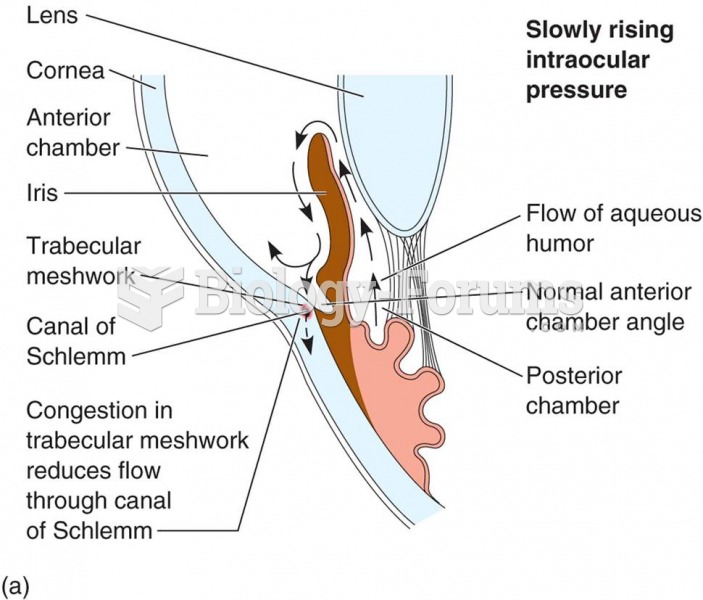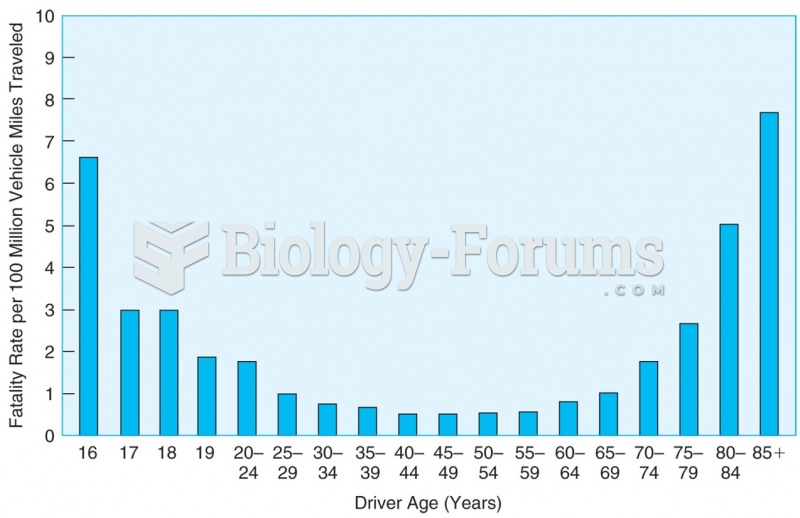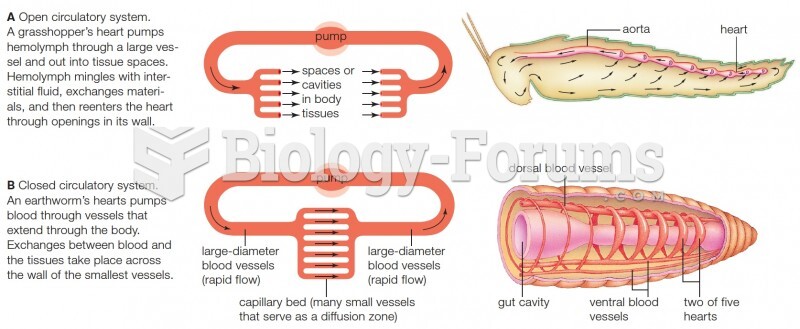|
|
|
The people with the highest levels of LDL are Mexican American males and non-Hispanic black females.
The highest suicide rate in the United States is among people ages 65 years and older. Almost 15% of people in this age group commit suicide every year.
Between 1999 and 2012, American adults with high total cholesterol decreased from 18.3% to 12.9%
Asthma attacks and symptoms usually get started by specific triggers (such as viruses, allergies, gases, and air particles). You should talk to your doctor about these triggers and find ways to avoid or get rid of them.
All adults should have their cholesterol levels checked once every 5 years. During 2009–2010, 69.4% of Americans age 20 and older reported having their cholesterol checked within the last five years.
 Forms of primary adult glaucoma: (a) in chronic open-angle glaucoma, the anterior chamber angle rema
Forms of primary adult glaucoma: (a) in chronic open-angle glaucoma, the anterior chamber angle rema
 In 2013, Americans learned that the federal government massively surveys their phone calls and e-mai
In 2013, Americans learned that the federal government massively surveys their phone calls and e-mai
 Booker T. Washington in his office at Tuskegee Institute, 1900. Washington chose a policy of accommo
Booker T. Washington in his office at Tuskegee Institute, 1900. Washington chose a policy of accommo




